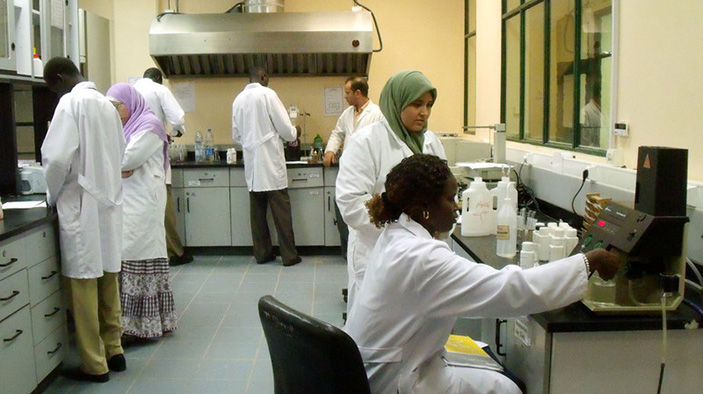Egypt—National Bank of Egypt: MSME Lending Capacity Building
Client: European Bank for Reconstruction and Development
Duration: 2014-2017
Region: Middle East and North Africa
Country: Egypt
Solutions: Economic Growth
Loans to micro, small, and medium-sized enterprises (MSMEs) account for only 6 percent of the total loan portfolio of Egyptian banks, well below the 10 to 30 percent documented in the countries of the Organisation for Economic Cooperation and Development. The Government of Egypt and Central Bank of Egypt have made access to finance for MSMEs a top priority and key area for banking sector reform.
The National Bank of Egypt is the oldest and largest commercial bank in Egypt wholly owned by the Egyptian government. With a nationwide network of more than 300 banking units and dedicated small and medium-sized enterprises (SME) department with nearly 1,000 employees, the bank is a national leader in SME finance. DAI assisted the bank to increase its microfinance and broader SME portfolio.

Select Results
- Reviewed strategy, provided recommendations, and assisted with the implementation of measures for expanding MSME lending and risk management.
- Assessed the feasibility of setting up a separate microfinance business unit (in-house vs. specialised subsidiary), provided recommendations, and assisted with the development of micro-lending.
- Provided recommendations and assisted with the implementation of credit scoring, to perhaps including the development of a scorecard, time-bound programme, and automated application processing.
- Helped develop an MSME Advisory Services Unit to support MSMEs in financial management, applying for and servicing loan products, and other needs.
RELATED CONTENT:
Türkiye—Technical Assistance for Strengthening Training and Research Capacity of the Centre for Labour and Social Training and Research (ÇASGEM)
This project supported Türkiye’s Training and Research Centre for Labour and Social Security, medical, and rehabilitation professionals by developing new learning modules on occupational health and safety.
Read More